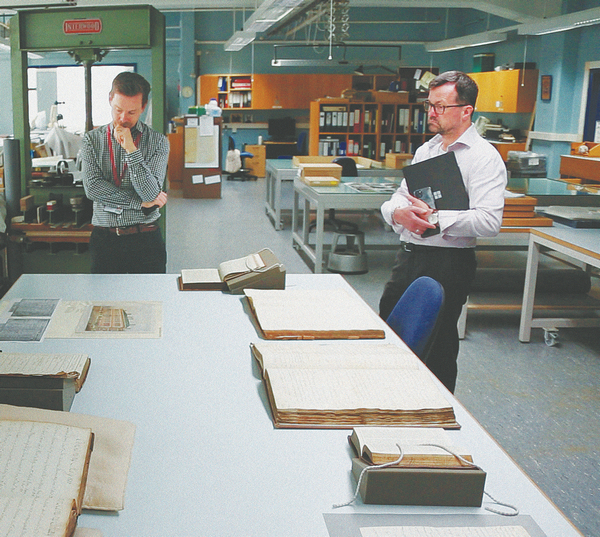

Looking through new eyes
The archive's information officer, Claire Titley, says although many of these stories and records have been viewed before, the Switching the Lens project meant they were now being looked at from a new point of view, with new results.
"Scholars have been covering this for many years, but some stories have been overlooked," she explains. "There are always shifting trends in the way we look at history — previously we've done things like the working class view, or women's, now we're expanding the idea of what people might be interested in, and we're seeing sources from a very different angle."
In addition to around 100 kilometers of records, the archive also has a huge photo library, and two substantial multimedia collections of particular relevance to people interested in the history of the Chinese community in Britain.
"There was no Google images in the 1970s, and as they would have got tired of going out to check things again and again, local government architects compiled a huge photo collection of how places like Chinatown looked, so we can see how the move from Limehouse to Soho took place, and what sort of businesses were represented," says Ward.
"There's also the Whispers of Time multimedia collection, which is a series of interviews with Chinese community elders, and another called the Genuine Children of Limehouse, about the community, Chinese and non-Chinese, that lived there and saw how it changed over the years."
The capital's long-established status as a cosmopolitan city continues to the present day.
According to figures published by the Office for National Statistics in 2019, 43.4 percent of London's population identified as White British, compared to 78.4 percent for England and Wales overall.
The UK's Chinese community is comparatively small, but around one third of its just below 500,000 members live in London, a figure that is dwarfed by communities with African or Indian roots.
Although archive work remains ongoing, Ward says the exhibition had been opened now because "we felt the research project had discovered enough material that we could start talking about it more widely, to show what we'd done, build more interest and attract more volunteers".
And although its work is far from complete, he says the message coming out of the past to the present was already loud and clear.
"One of the core discoveries from the research that we want to share is that clearly London has had very diverse communities for hundreds of years," Ward says. "Immigration is most definitely not a 20th century or 21st century thing. As all these records show, London has always been an incredibly busy meeting place of cultures and people, going back centuries."
Contact the writer at julian@mail.chinadailyuk.com